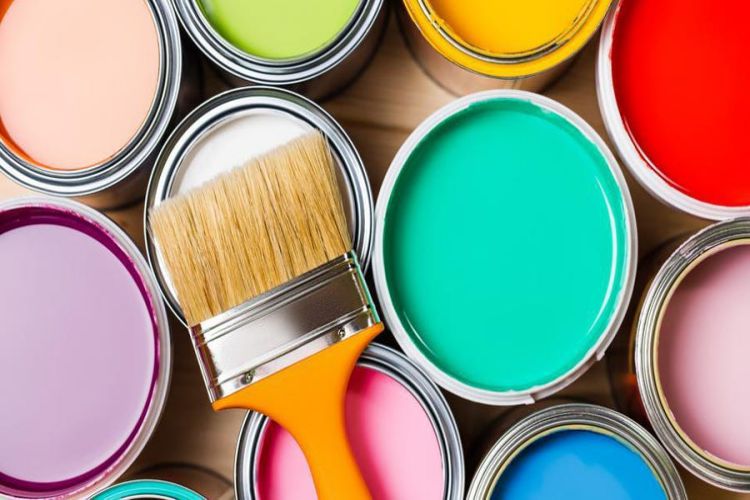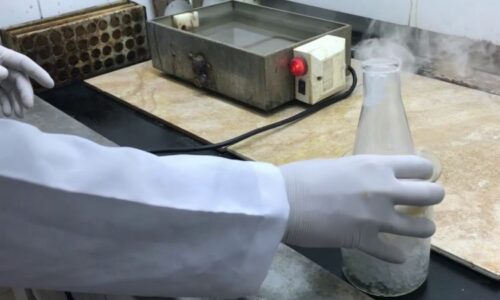 People will probably find a great variety of water-based paints than oil-based ones when they browse the aisle for wall paints at a neighbourhood home improvement store. While oil paints offer advantages because of how simple they are to use and the eco-friendly materials they contain, water-based paints are far more common. Although not all water paints, including water based vinyl paint, are created equal, being aware of the variations will help users make the most of their upcoming painting endeavour.
People will probably find a great variety of water-based paints than oil-based ones when they browse the aisle for wall paints at a neighbourhood home improvement store. While oil paints offer advantages because of how simple they are to use and the eco-friendly materials they contain, water-based paints are far more common. Although not all water paints, including water based vinyl paint, are created equal, being aware of the variations will help users make the most of their upcoming painting endeavour.
Since the first patent for water-based paint was granted in the 1800s, water paints have been around in different forms. Over the past fifty years, many improvements have been made to water-based paints as the paint industry has looked for methods to make paints more durable and simpler to use.
What Does Water-based Vinyl Paint Consist of?
In simple terms, water based vinyl paint transports the binders and pigment of the paint through the water instead of oil. Painting’s potent odours are frequently a holdover from the days of oil, not water paint. Water paint is simple to remove with soap and water; it doesn’t need to be cleaned with mineral spirits or turpentine. It still provides a long-lasting, washable finish for both surfaces, inside and out.
Vinyl and acrylic are both present in water-based paints. Water paints used for interior painting are referred to as latex or acrylic, but both paints have a bonder consisting of acrylic. Some inferior paints rely more on vinyl than acrylic resin. When compared to 100% acrylic paints, this can compromise quality and longevity.
Why Are Water-based Paints Beneficial?
The 1940s saw the development of latex, which revolutionised the home painting industry. Polymers and latex gave oil-based paints a challenge by providing paint of higher quality and more excellent durability. Over time, technological advancements increased levels of water-based paint reliability and ease of use for professional painters and homeowners. The following are some advantages of the water-based paints now on the market:
Sustainable and straightforward to clean.
Water-based vinyl paint is far greener comparatively. Water is the primary carrier, and it may be removed from surfaces, brushes, and skin without the need for chemicals.
Enduring surface.
Water-based paints have greatly improved, although they are less resilient than oil-based paints. For outdoor painting, 100% acrylic paints of better quality can last for over a decade or longer.
Crack-resistant.
Since water-based vinyl paints are more flexible than their oil counterparts, they don’t age or crack as quickly.
Resistant to mould and stains.
Interiors benefit greatly from latex paints. Homeowners can scrap and clean them and are resistant to mildew growth and stains that may damage other paint forms.
No odours.
When the paint is based on water, a gas mask is not required during painting as there is no odour and there are no emissions.
Dries rapidly.
Most water paints dry up within six hours, allowing two coats to be applied in one day.
Generally adheres to all surfaces.
Surfaces made of cement, wood, brick, vinyl and galvanised metal can all be painted using water paints.
It could appear that utilising water-based paints has no drawbacks. It is the most acceptable option for the majority of house improvements. Oil-based paints still have their applications, nevertheless. Oil-based paints are more durable when compared to water-based paints(other than 100% acrylic ones), making them ideal for surfaces that experience plenty of use, like flooring. Furthermore, it continues to be the most popular paint for cars.

